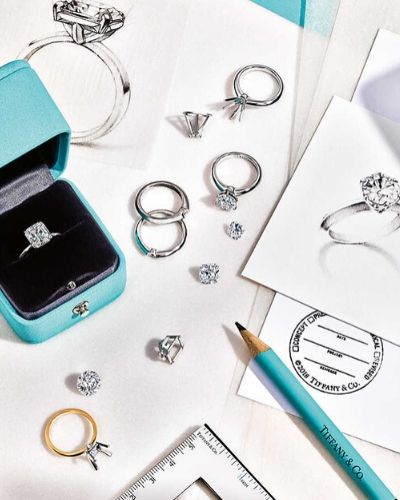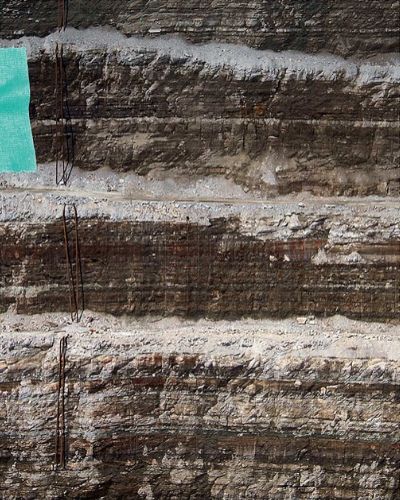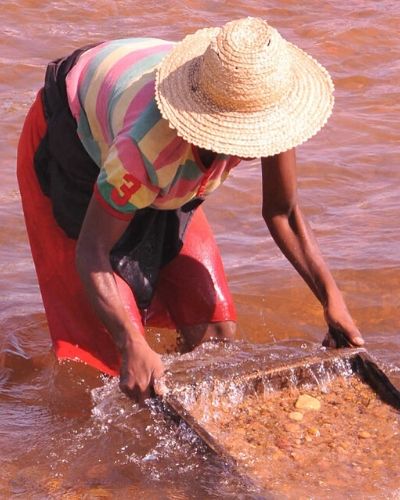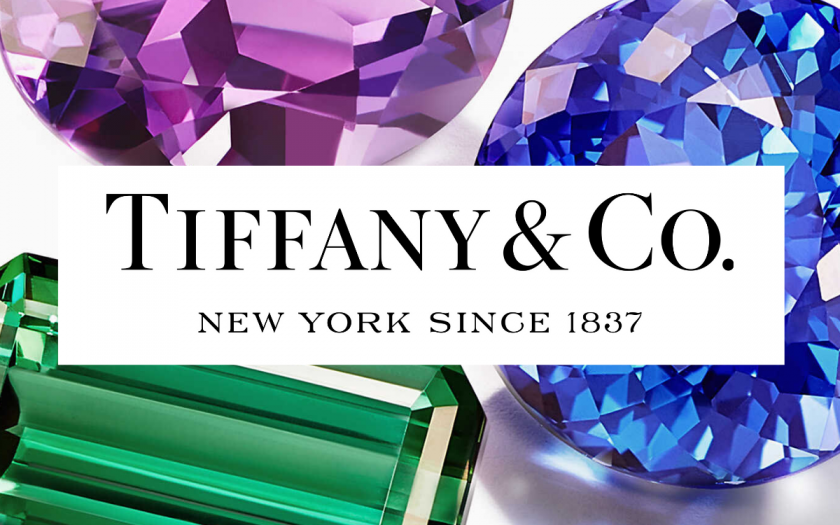It is nearly New Year’s Eve 2019 and Tiffany & Co. is resolving to be more sustainable in the new year. They will only sell free trade gemstones and metals.
If you have ever seen the movie Blood Diamond (2006) then you are aware that some gemstones come from slave-like working conditions. Now Tiffany & Co. is vowing to only sell sustainably sourced gems and metals in their designs. So rest easy knowing it wasn’t mined by a child.
This program is more sustainable than a system that violates human rights. For you cynics, it is not just a label on the tag — not in this case. The Tiffany & Co. resolution can be broken into parts that help us understand what they mean when they vow to be more sustainable.
Gemstones & Other Materials

Diamonds
Tiffany & Co. diamonds meet Kimberley Process definition of “conflict free” diamonds. They import their diamonds from a limited number of responsible miners and suppliers in Botswana, Canada, Namibia, Russia and South Africa. The jeweler shares the region or countries of origin of all registered diamonds over 0.18 carats.
Precious Metals
Tiffany & Co. primarily sells gold, silver and platinum jewelry. Last year 99% of the precious metals they purchased were traceable to mines in the United States or from recycled sources. And this year they started a project to purchase metals from artisanal mines around the world.
Colored Gemstones
The brand has made the decision not to source lapis from Afghanistan, nor rubies from Myanmar, due to human rights concerns. They are working to set standards of transparency and traceability in a complex industry that includes thousands of mines in more than 40 countries.
Other Materials
The company is fastidious about the raw materials they buy, and the effect they have on all living species. Their leather goods meet the International Union for Conservation of Nature (IUCN) Red List and the Convention on International Trade in Endangered Species (CITES) Appendices. And their packaging is made from Forest Stewardship Council® (FSC®) certified paper.
Mining & the Environment

Most of Tiffany’s products are made from mined materials, so it is important to them to hold to the highest standards in the supply chain. A leader in the industry, they work with suppliers, employees, the industry at large, nongovernmental organizations (NGOs) and other stakeholders. They launched the the Initiative for Responsible Mining Assurance (IRMA), founded the Responsible Jewellery Council, and spearheaded Earthworks’ No Dirty Gold Golden Rules.
Mining has a significant impact on the environment. Tiffany & Co. has a history of environmental stewardship. Like when they opposed a mine threatening Yellowstone National Park in 1995. The jewelry designer is working to reduce the impact mining has on the environment.
Human Rights & Craftsmanship

Tiffany’s protects the human rights of their workers including miners and crafts people. Their responsible sourcing program includes the Tiffany & Co. Supplier Code of Conduct, and a conflict minerals program. They are the only jeweler to earn a “Strong” ranking for their responsible sourcing practices by Human Rights Watch in its 2018 “Hidden Cost of Jewelry” report.
Today the company retains the same principles of craftsmanship that Charles Lewis Tiffany did in 1848 when he hired artisans to produce jewelry in house. About 60% of Tiffany’s jewelry is made in New York, Kentucky and Rhode Island, and then assembled in the Dominican Republic. All foreign workers are paid a responsible wage in a way that contributes to the local economies.
To learn more about Tiffany’s latest sustainability program visit their official website.

